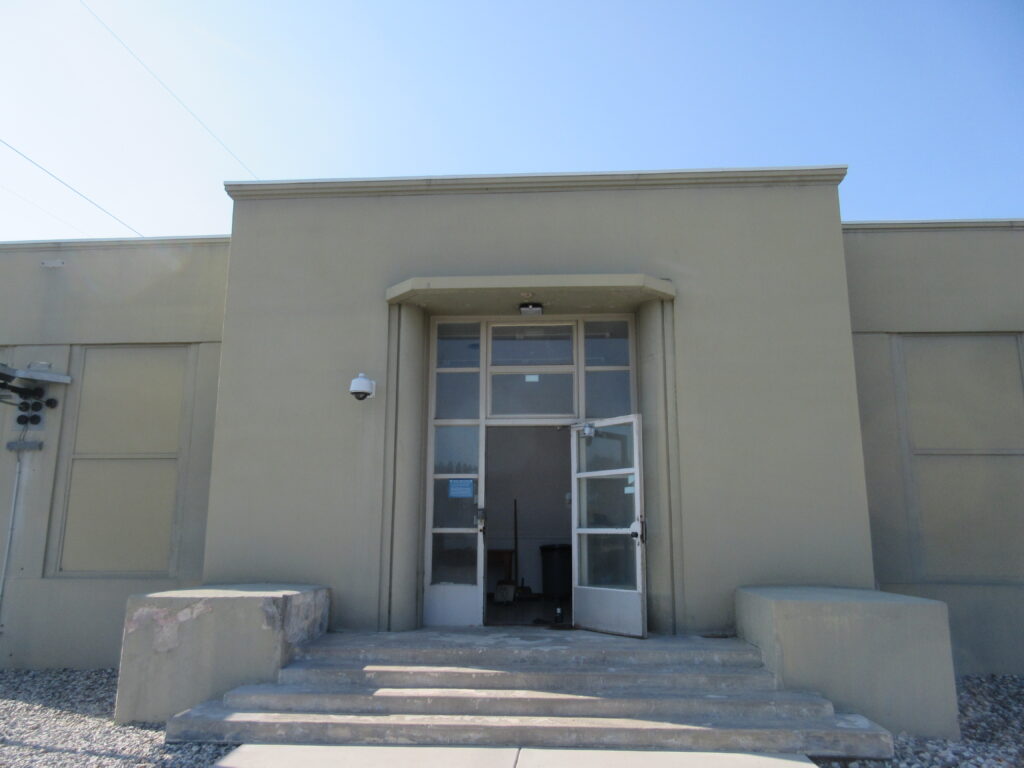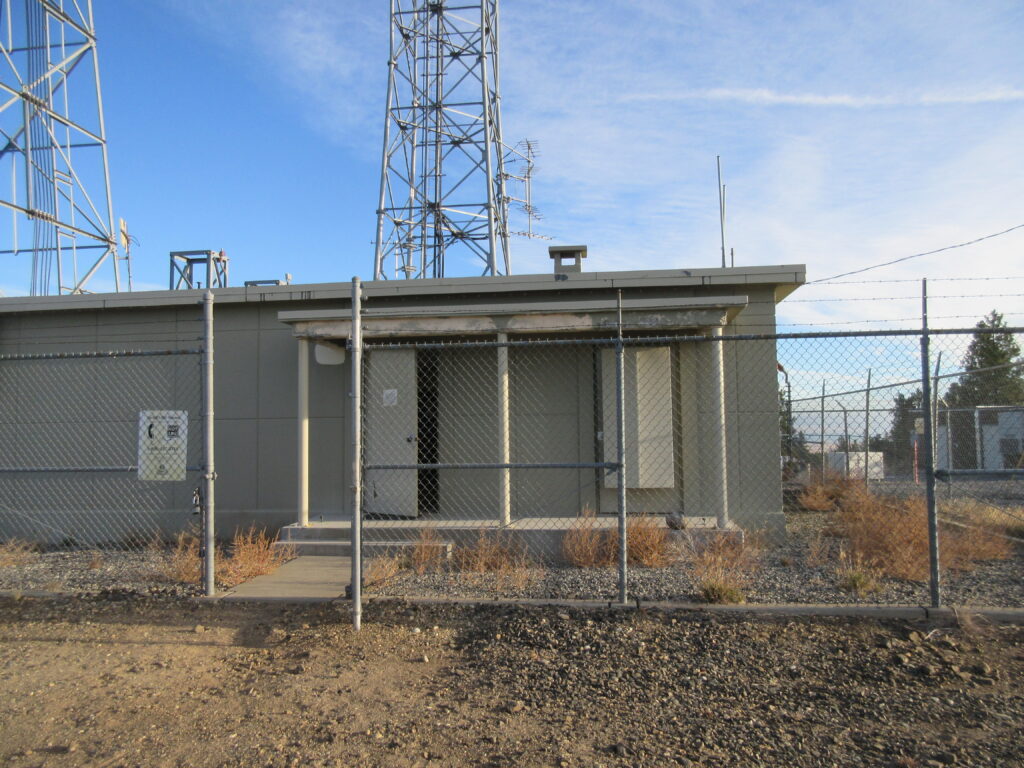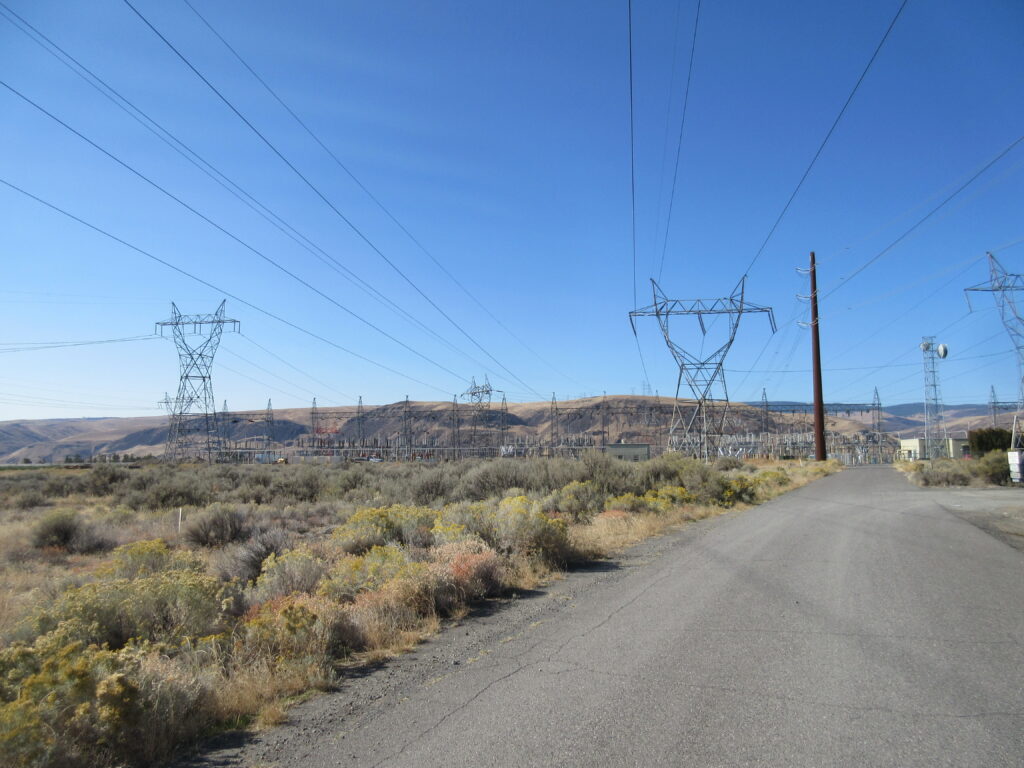
Along with the advent of hydropower dam construction, in 1944 the Bonneville Power Administration constructed several single-story, concrete Substations to regulate and control the power grid. These substations were located near the hydroelectric source often in areas remote from major urban areas.
In the early 1950s Microwave Radio Stations were built to relay remote monitoring and control of the power source and distribution systems. These purpose-built structures were often built on high points for clear line of signal communication and at distances along the relay route that were clear of signal obstructions which tended to occur in remote areas.
Design of the structures optimized function and technical requirements. Substations housed banks of electrical control panels, communication panels, and banks of batteries. Space for personnel is limited to small, single, no gender specific locker rooms, and kitchens with no cooking equipment.

CONSTRUCTION TYPE
Construction was typically reinforced concrete floors, walls, and roof with steel storefront systems and plate glass. Even though the space planning is very functional, the exterior design is executed in Art Deco motifs concentrated at the main entry and rear doorways. Art Deco motifs include design for custom doors and storefronts.
The choice of construction materials has weathered well with the notable exception of entry canopies and use of elastomeric coatings. When constructed, little was known about the protective cover concrete provides to reinforcing bars and often circa 1940 structures had insufficient cover resulting in bar corrosion. Repair of these areas includes removal of failed material, erection of form work mimicking the decorative design, and placing of formulated concrete mixes capable of overhead and vertical installation.
WHY MATERIAL PRESERVATION IS CRITICAL
Since the application of elastomeric coatings, much more is known about the lack of moisture migration thru the coating and trapping of bulk water behind the coating leading to problems with older concrete structures. Substations and Microwave Radio Stations are an integral part of hydroelectric power distribution and the preservation of these structures is critical for both operation and the history of power distribution in the Pacific Northwest.

Written by Peter Meijer, AIA, NCARB / Principal
